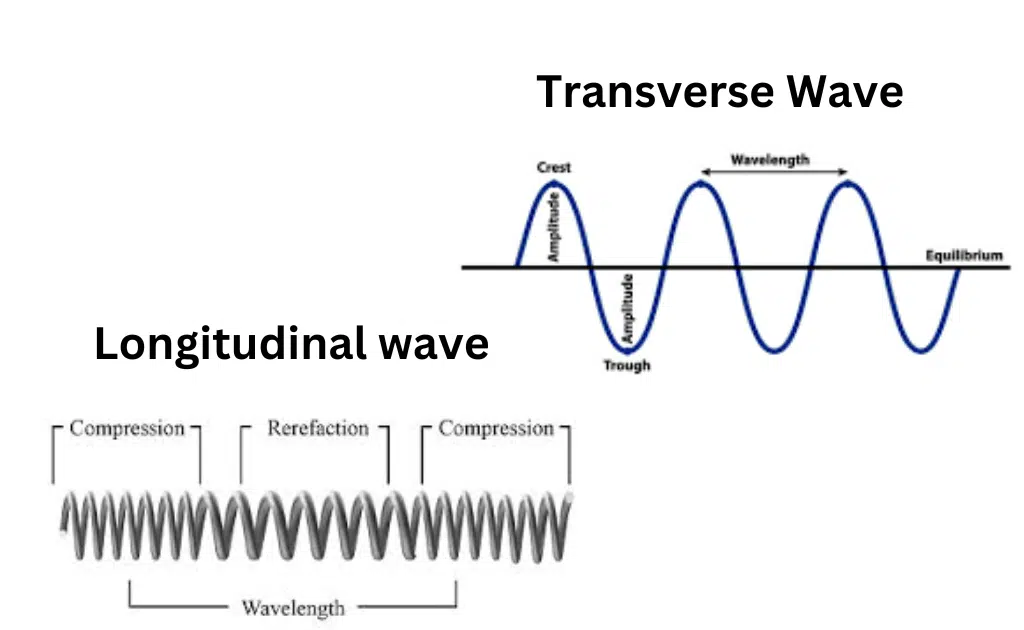Why is ultrasound a longitudinal wave?
Ultrasound is a longitudinal wave because it vibrates the particles in the medium (usually tissue or water) in the same direction that the wave travels.
Ultrasound waves consist of compressions and rarefactions that occur parallel to the direction of the wave’s propagation.
In other words, when an ultrasound wave travels through a medium such as air or water, it causes the particles of the medium to oscillate back and forth in the same direction as the wave’s propagation.

These oscillations create areas of compression, where the particles are pushed closer together, and areas of rarefaction, where the particles are spread farther apart.
The compression and rarefaction regions are what give ultrasound waves their characteristic waveform. This waveform can be used to detect and measure properties of the medium through which the wave is traveling, such as density or the presence of structures like organs in the case of medical imaging.
In contrast, transverse waves, such as electromagnetic waves, consist of oscillations that occur perpendicular to the direction of the wave’s propagation. This means that transverse waves do not create regions of compression and rarefaction in the medium through which they travel.
So, while both longitudinal and transverse waves can be used to transmit energy through a medium, the nature of their oscillations and resulting waveforms are fundamentally different, leading to different applications and properties.
Read Real-life examples of longitudinal wave






Leave a Reply